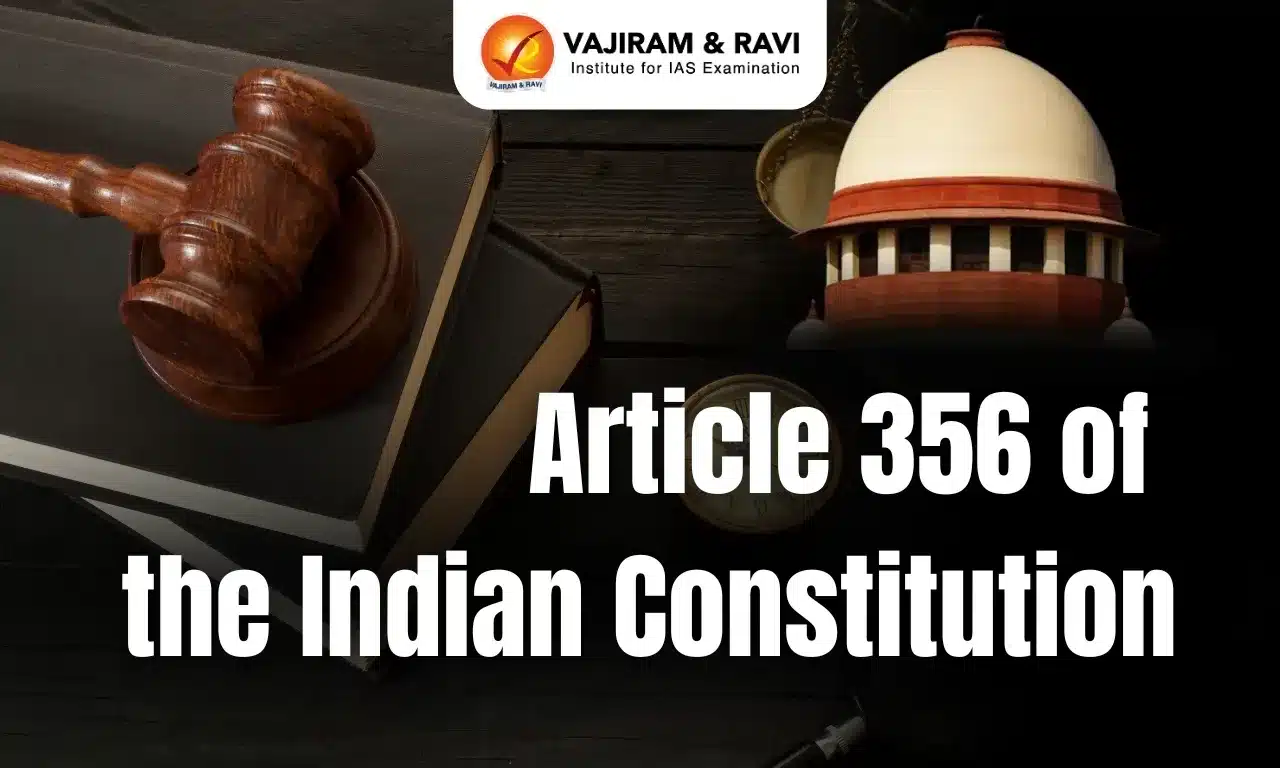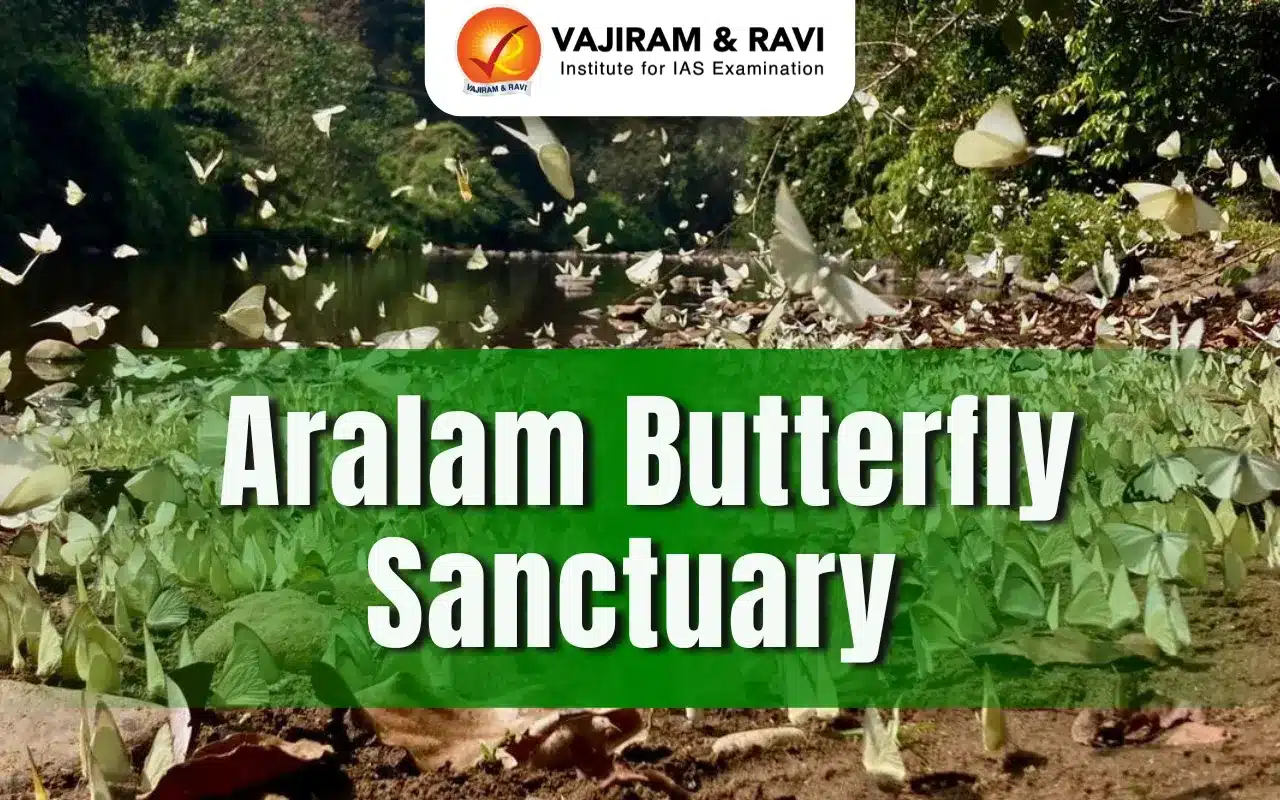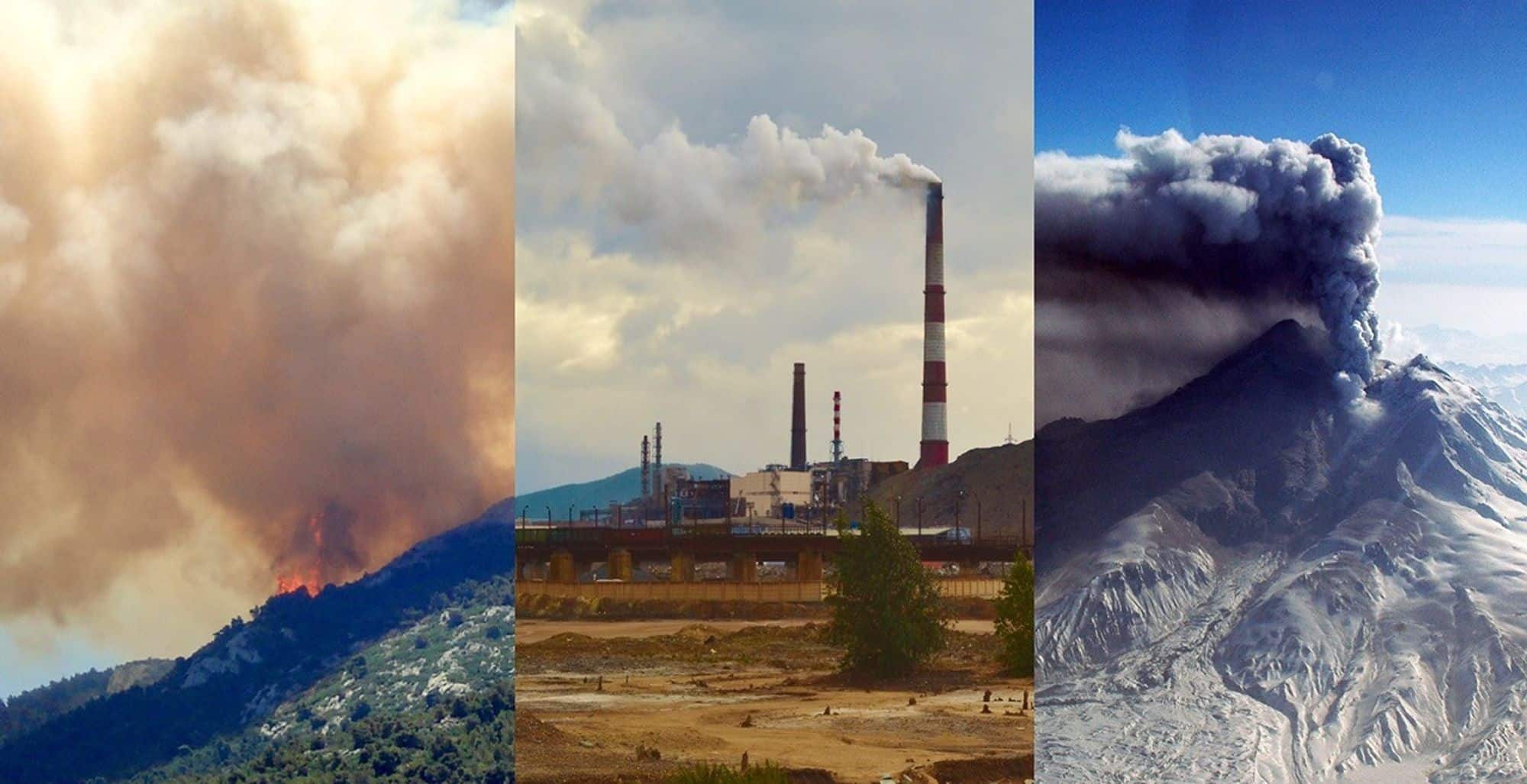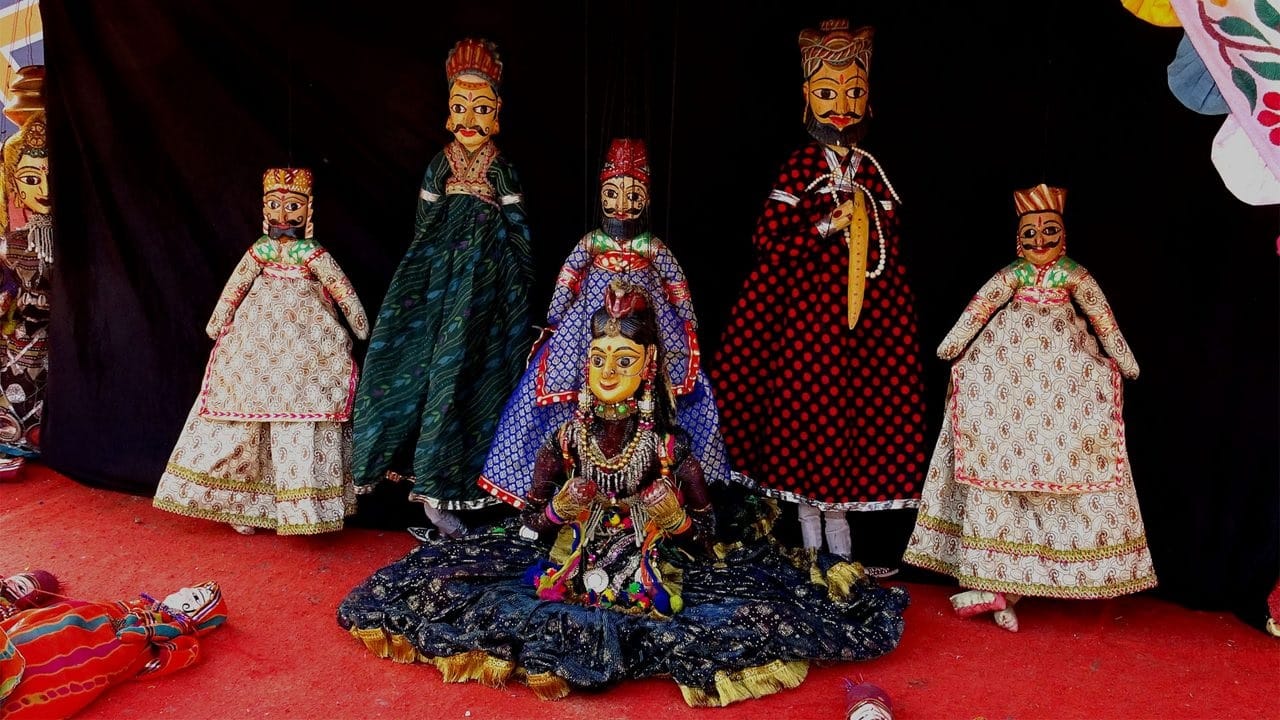Article 356 of the Indian Constitution Latest News
Four days after the Manipur Chief Minister resigned, President’s Rule was imposed in the northeastern State that has been affected by ethnic violence for the past two years.
About Article 356
- Article 356 of the Indian Constitution pertains to the imposition of President’s rule over a certain state or Union territory.
- It is derived from the Government of India Act of 1935.
- This is of two types:
- If the President receives a report from the state’s Governor or is otherwise convinced or satisfied that the state’s situation is such that the state government cannot carry on the governance according to the provisions of the Constitution.
- Article 365: As per this Article, President’s Rule can be imposed if any state fails to comply with all directions given by the Union on matters it is empowered to.
- In simple words, the President’s Rule is when the state government is suspended and the central government directly administers the state through the office of the governor (centrally appointed).
- It is also called a State Emergency or Constitutional Emergency.
- Parliamentary approval is necessary for the imposition of President’s Rule in any state.
- The proclamation of President’s Rule should be approved in both Houses of Parliament within two months of its issue. The approval is by a simple majority.
- The President’s Rule is initially valid for six months. It can be extended up to three years with parliamentary approval every six months.
- The 44th Amendment to the Constitution (1978) brought in some constraints on the imposition of the President’s Rule beyond a period of one year. It says that President’s Rule cannot be extended beyond one year unless:
- There is a national emergency in India.
- The Election Commission of India certifies that it is necessary to continue the President’s Rule in the state because of difficulties in conducting assembly elections in the state.
- What happens after the President’s Rule is imposed?
- The President takes up the functions of the state government, the Governor and any other executive authority in the state.
- The state will be administered by the Governor on behalf of the President.
- The Governor will also take the help of the chief secretary of the state or advisors appointed by the President.
- The powers of the state legislature are also assumed by the President by either suspending or dissolving it.
- The Parliament passes the state bills and budget when the legislative assembly is suspended or dissolved under the President’s rule.
- The Parliament delegates law-making powers to the Presidentor any other authority specified by he/she in this regard.
- The President or a delegated authority makes laws and also imposes a duty upon the Centre, its officers and its authorities.
- The President can sanction funds for expenditure from the State Consolidated Fund and also pass ordinances, subject to Parliament’s approval.
- These powers can also be exercised when the Lok Sabha is not in session, subject to sanction by Parliament.
- A law or rule made for the state during this time continues to remain in force even after the end of the President’s rule. It can be repealed, amended, or re-enacted by the new state legislature.
- The imposition of the President’s rule does not affect the fundamental rights of citizens, unlike the National Emergency.
- Revocation of the President’s Rule:
- President’s Rule can be revoked anytime after such a proclamation has been made by a subsequent proclamation by the President.
- A proclamation of revocation does not require approval by Parliament.
Article 356 of the Indian Constitution FAQs
Q1. What is the difference between article 352 and Article 356?
Ans. Article 352 deals with Proclamation of Emergency due to war, external aggression, or armed rebellion, while Article 356 deals with President’s Rule in a state when the constitutional machinery fails at the state level.
Q2. What is the case law of Article 356?
Ans. The key case law related to Article 356 of the Indian Constitution is the S.R. Bommai v. Union of India (1994) case, which is a landmark judgment.
Q3. What is the difference between Article 356 and 365?
Ans. Article 356 deals with the imposition of the President’s Rule in a state due to failure of constitutional machinery, while Article 365 allows the President to intervene if a state fails to comply with directives from the central government.
Source: TH
Last updated on January, 2026
→ Check out the latest UPSC Syllabus 2026 here.
→ Join Vajiram & Ravi’s Interview Guidance Programme for expert help to crack your final UPSC stage.
→ UPSC Mains Result 2025 is now out.
→ UPSC Notification 2026 is scheduled to be released on January 14, 2026.
→ UPSC Calendar 2026 has been released.
→ UPSC Prelims 2026 will be conducted on 24th May, 2026 & UPSC Mains 2026 will be conducted on 21st August 2026.
→ The UPSC Selection Process is of 3 stages-Prelims, Mains and Interview.
→ Prepare effectively with Vajiram & Ravi’s UPSC Prelims Test Series 2026 featuring full-length mock tests, detailed solutions, and performance analysis.
→ Enroll in Vajiram & Ravi’s UPSC Mains Test Series 2026 for structured answer writing practice, expert evaluation, and exam-oriented feedback.
→ Join Vajiram & Ravi’s Best UPSC Mentorship Program for personalized guidance, strategy planning, and one-to-one support from experienced mentors.
→ UPSC Result 2024 is released with latest UPSC Marksheet 2024. Check Now!
→ UPSC Toppers List 2024 is released now. Shakti Dubey is UPSC AIR 1 2024 Topper.
→ Also check Best UPSC Coaching in India

















